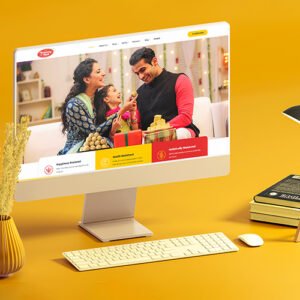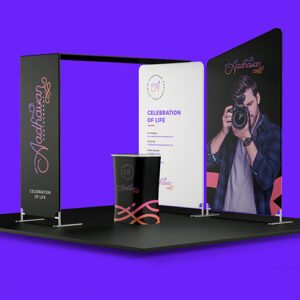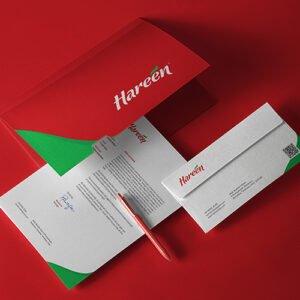Enrolling in a design course can be an exciting step toward a creative and rewarding career. Whether you’re a student exploring creative options after school or a working professional looking to switch careers, design offers limitless possibilities. But before you commit, it’s important to understand what a design course entails — and how to choose the right one.
Here’s a complete guide on what you should know before enrolling in a design course:
Understand Your Goal
Before choosing any course, ask yourself:
Why do I want to learn design?
Is this a hobby, a career move, or a way to enhance my skills?
Am I interested in freelancing, full-time work, or starting my own studio?
Knowing your goal will help you decide whether you need a short-term workshop, a full-time diploma, or a professional certification program.
Choose the Right Specialization
Design is a vast field. Don’t jump into a course without understanding your options. Popular design domains include:
Graphic Design (logos, branding, print design)
Visual Communication (storytelling, advertising)
Packaging & Product Design
At Branzone Design School, our curriculum touches all major areas so students can explore and choose their niche.
Review the Course Curriculum
A strong design course should offer a balance of theory and practical training. Make sure it includes:
Design principles (color theory, typography, layout)
Software tools (Adobe Photoshop, Illustrator, Figma, CorelDRAW, etc.)
Portfolio development
Real-time projects or case studies
Branding and visual strategy
Learn from Industry Professionals
Your learning is only as good as your mentor. Check:
Does the trainer have real-world experience?
Do they offer portfolio guidance and review sessions?
Are sessions interactive and feedback-oriented?
At Branzone, our mentors have 12+ years of industry experience and guide students in both Tamil and English for better understanding.
Look for Hands-On Practice
Design is not a subject you can learn through theory alone. A practical approach is essential. Look for:
Regular assignments
Creative challenges
Real-time client briefs
Group critiques and feedback sessions
Branzone students work on live branding projects under our agency wing, giving them early industry exposure.
Placement & Career Support
A course should not end with a certificate. Ask:
Will I get help building a portfolio?
Are there mock interviews or resume workshops?
Is placement or internship support available?
Be Ready to Commit Time & Effort
Design is skill-based. To succeed, you need to:
Practice regularly
Stay open to feedback
Keep up with design trends and tools
Like any creative career, progress comes with consistency, patience, and real-world application.
A professional design course can shape your future, but only if you choose the right one. From clear goals and strong mentorship to real-world experience and community support — each factor plays a crucial role.
At Branzone Design School, we combine creativity, strategy, and industry insight to help students become professional designers with a powerful portfolio.








